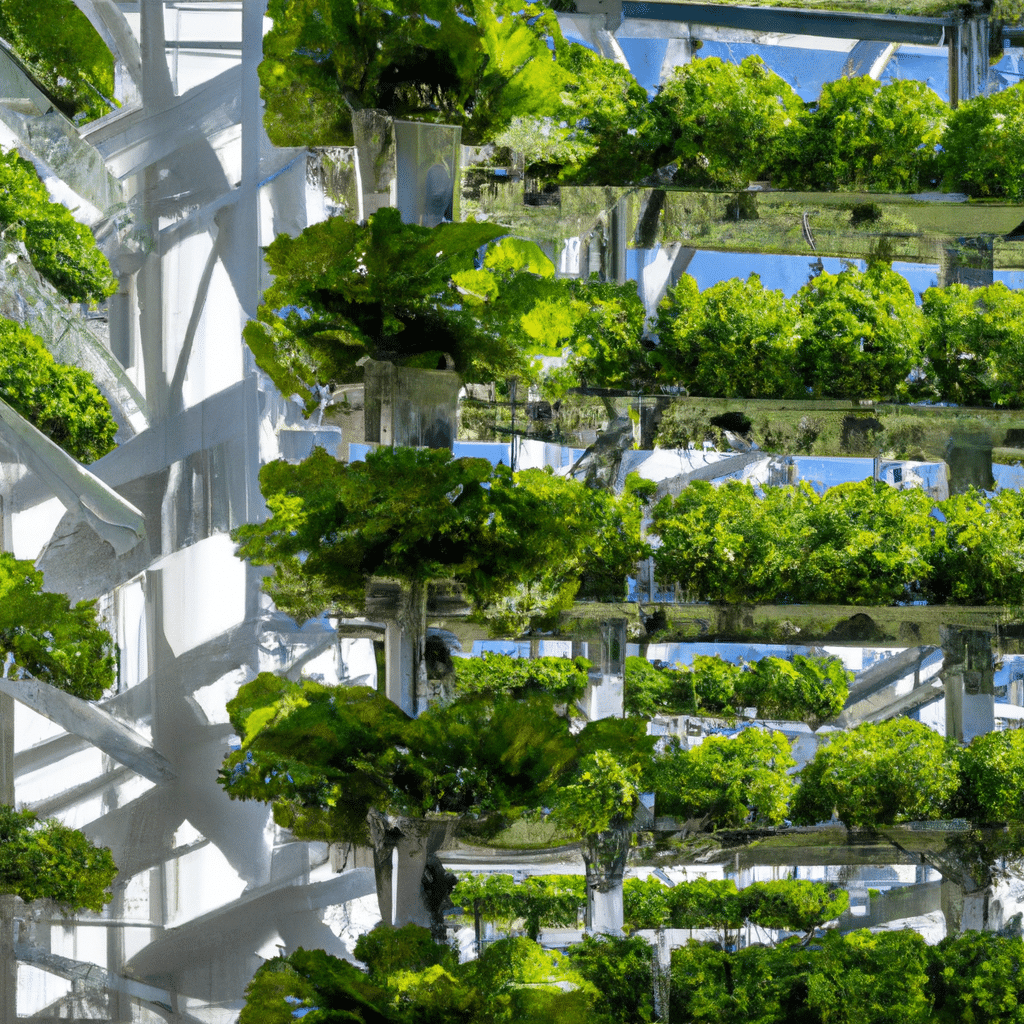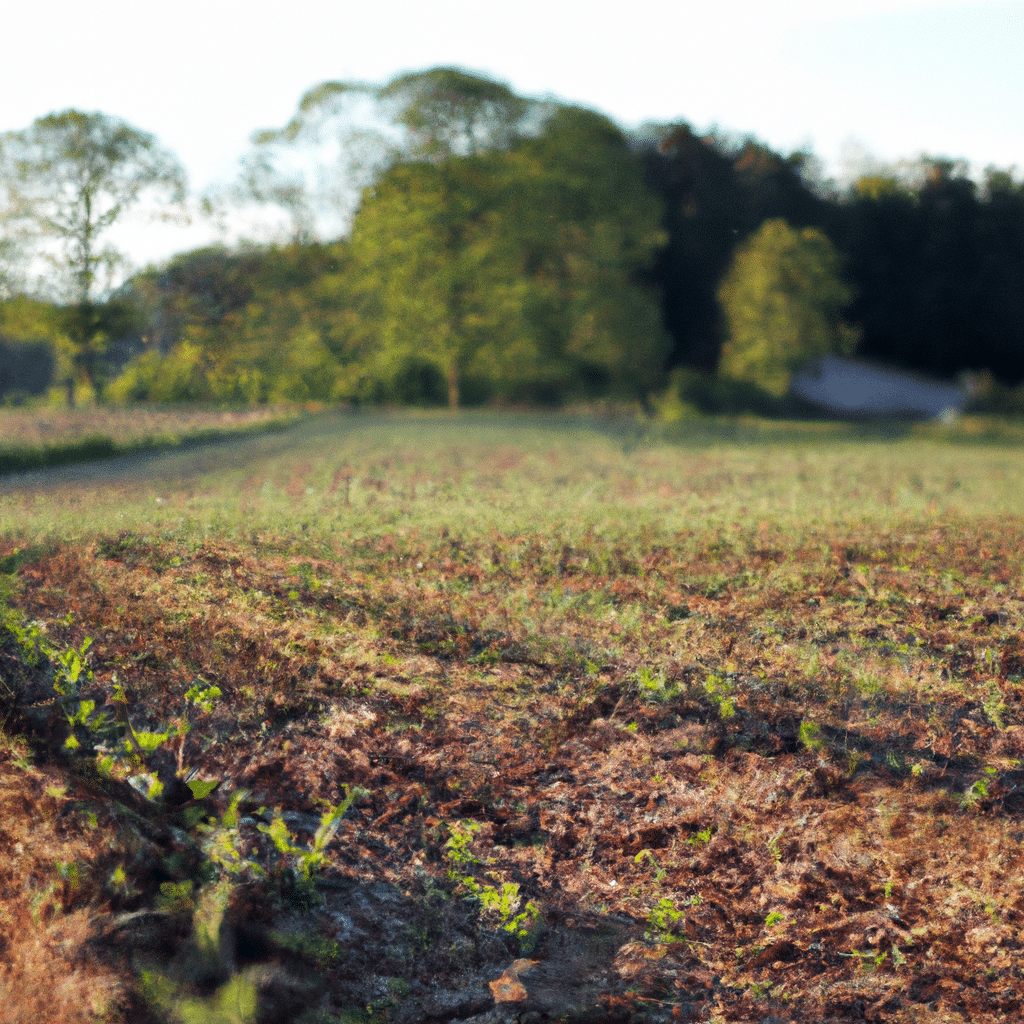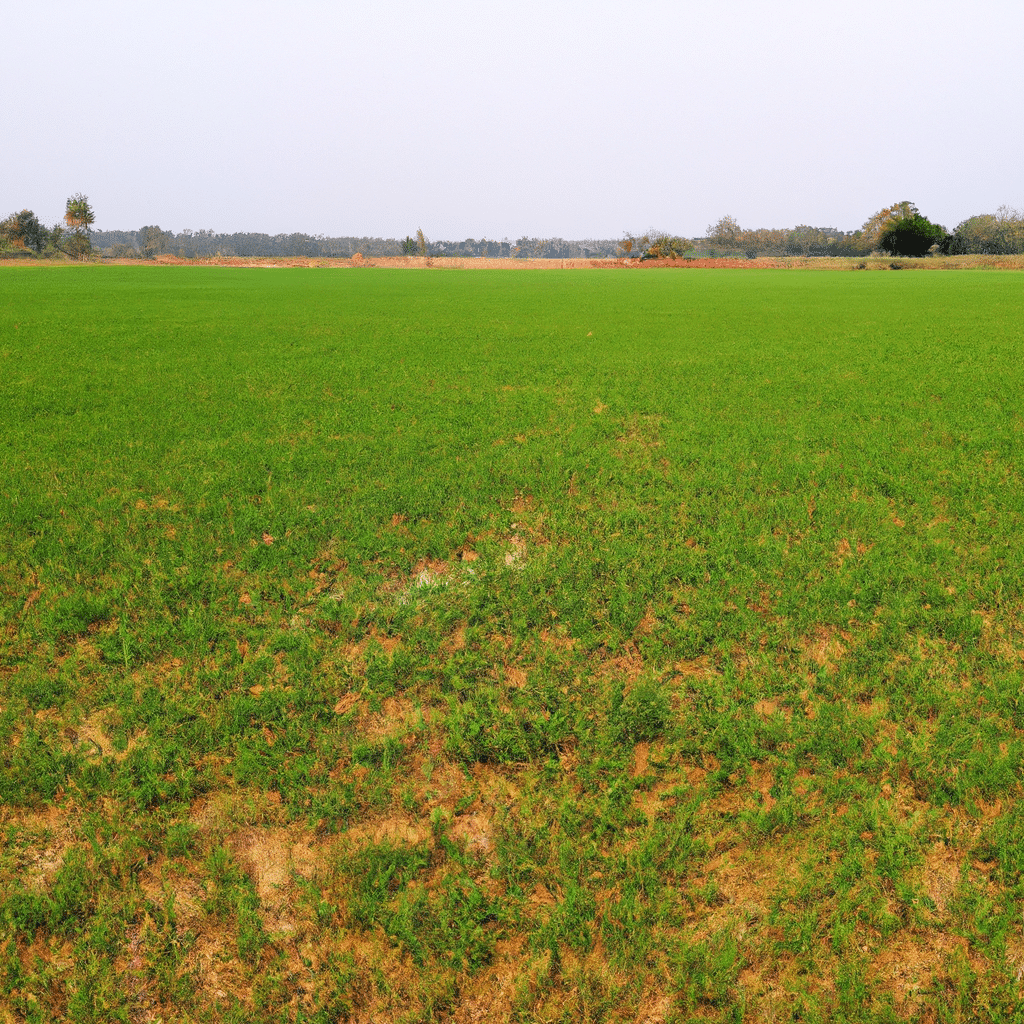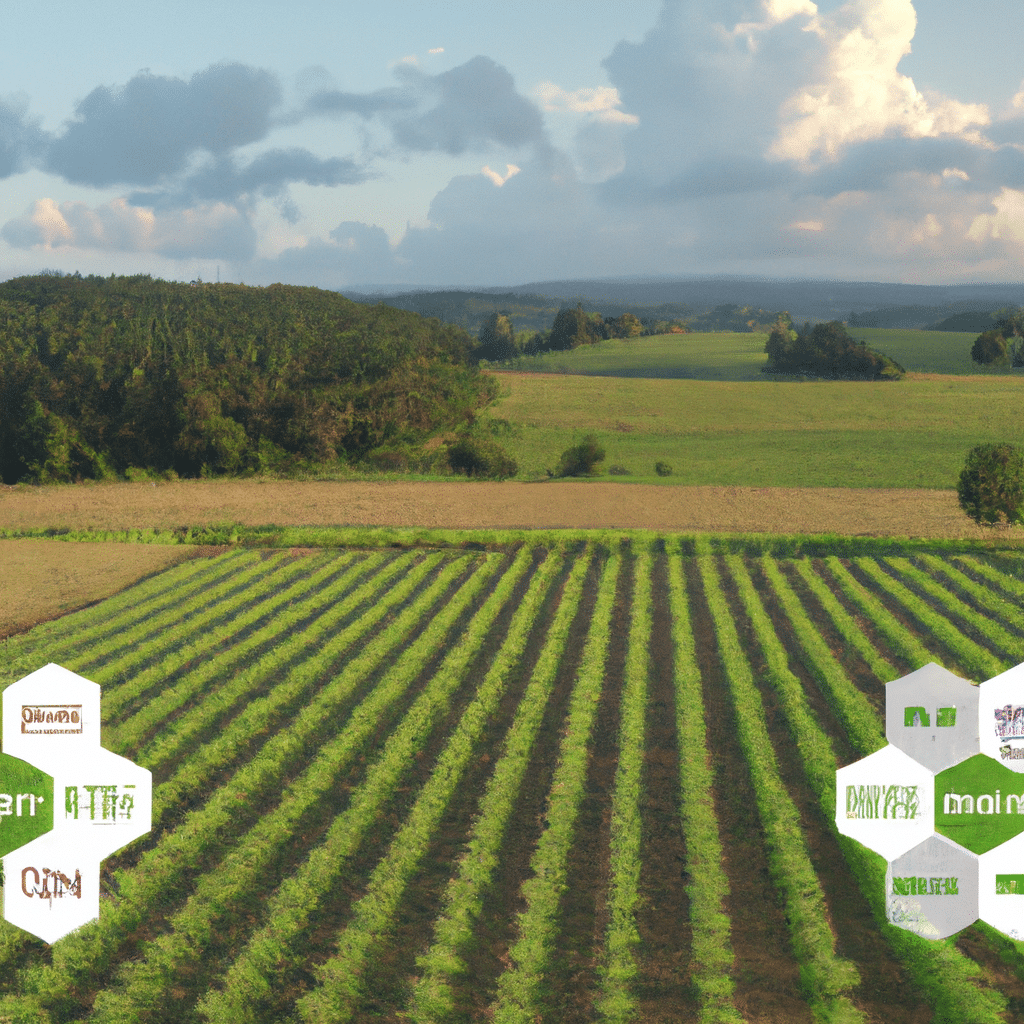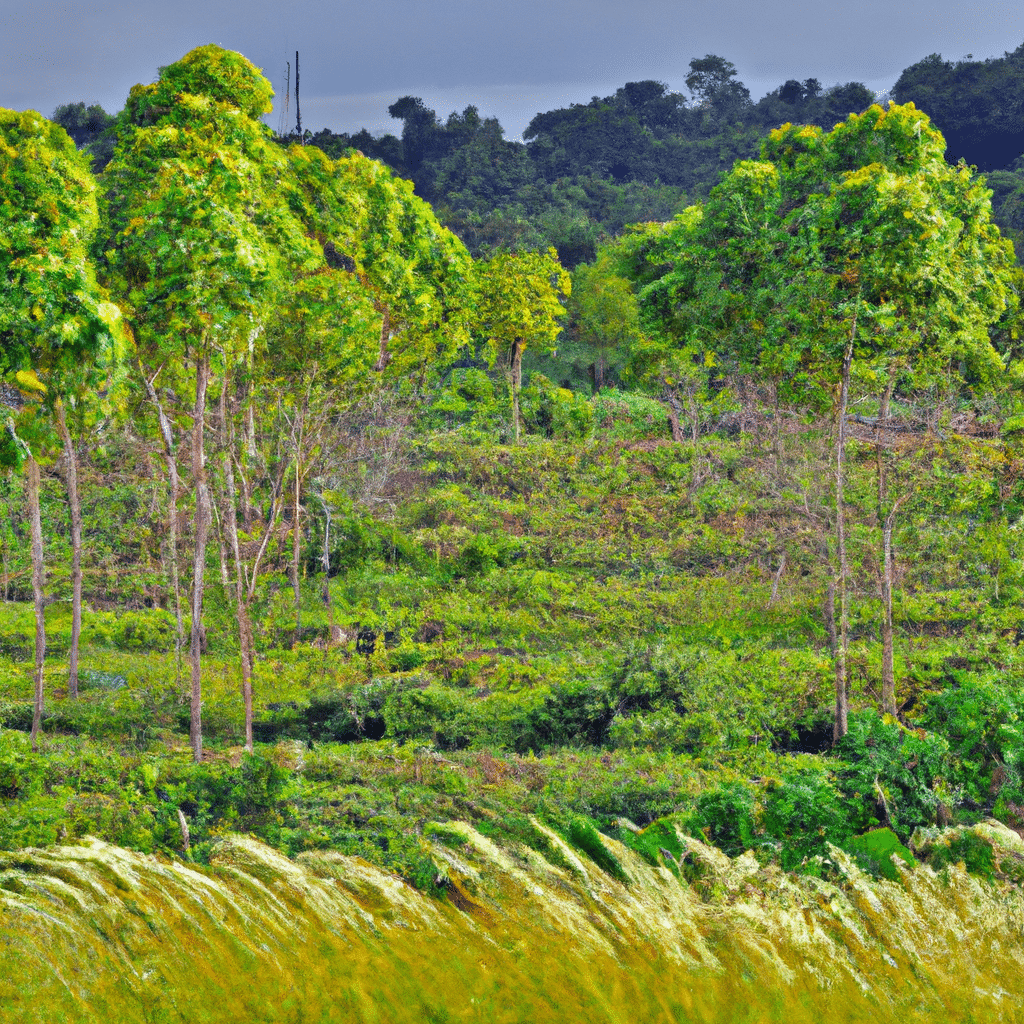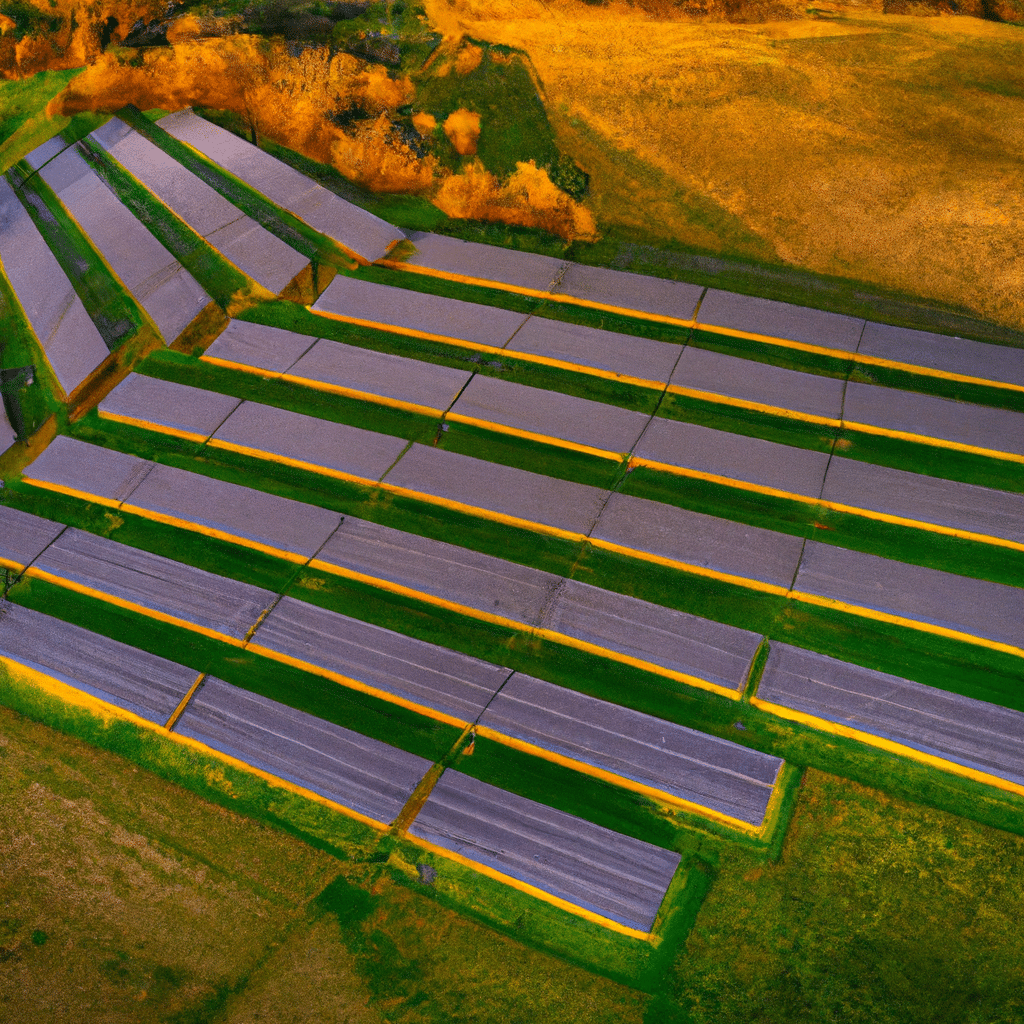In today’s rapidly changing climate, farmers face increasing challenges in adapting to extreme weather events. From intense droughts to severe storms, these events can have devastating effects on agricultural productivity and livelihoods. However, with the implementation of climate-smart farming strategies, farmers can build resilience and mitigate the impacts of these weather events. In this article, we will explore a range of climate-smart farming practices that can help farmers adapt to extreme weather events and ensure the sustainability of their operations.
Understanding Extreme Weather Events
Extreme weather events, such as heatwaves, floods, and hurricanes, have become more frequent and intense due to climate change. These events pose significant risks to agricultural systems, including crop failure, soil erosion, and livestock loss. To effectively adapt to these challenges, it is crucial to understand the specific characteristics of each weather event and its potential impacts on farming operations.
Drought Resilience Strategies
Droughts can wreak havoc on agricultural productivity, particularly in regions heavily reliant on rain-fed farming. To build resilience against droughts, farmers can implement several climate-smart strategies:
- Water Conservation: Efficient water management techniques, such as drip irrigation and rainwater harvesting, can help farmers optimize water usage and minimize wastage.
- Crop Rotation and Diversification: Planting a diverse range of crops and rotating them seasonally can enhance soil health and reduce vulnerability to droughts.
- Agroforestry: Integrating trees into agricultural landscapes can improve water infiltration, provide shade, and mitigate the impacts of droughts.
- Soil Conservation: Implementing soil conservation practices, such as contour plowing and cover cropping, can enhance soil moisture retention and reduce water runoff during dry periods.
Flood Resilience Strategies
Floods can lead to soil erosion, crop damage, and contamination of water sources. To minimize the impacts of floods and build resilience, farmers can adopt the following climate-smart strategies:
- Terracing: Constructing terraces on sloping lands can help prevent soil erosion and retain excess water during heavy rainfall.
- Elevated Bed Farming: Creating raised beds can enhance drainage and prevent waterlogging, reducing the risk of crop damage during floods.
- Flood-Tolerant Crop Varieties: Planting flood-tolerant crop varieties can increase the chances of survival and minimize yield losses during flood events.
- Buffer Zones: Establishing buffer zones, such as vegetation strips or wetlands, can act as natural barriers, absorbing excess water and reducing the impact of floods on farmland.
Heatwave Resilience Strategies
Heatwaves can lead to crop wilting, reduced yields, and increased water demand. Implementing climate-smart strategies can help farmers build resilience against heatwaves:
- Mulching: Applying organic mulch to the soil surface can regulate soil temperature, conserve moisture, and protect plants from extreme heat.
- Shade Nets: Installing shade nets or creating shade structures can provide relief to crops during heatwaves and reduce the risk of heat stress.
- Improved Irrigation Techniques: Utilizing efficient irrigation methods, such as sprinkler or micro-irrigation, can optimize water usage and prevent heat-related crop losses.
- Heat-Tolerant Crop Varieties: Planting heat-tolerant crop varieties that are adapted to high-temperature conditions can increase resilience to heatwaves.
Storm Resilience Strategies
Severe storms, including hurricanes and tornadoes, can cause significant damage to agricultural infrastructure and disrupt farming operations. To build resilience against storms, farmers can adopt the following climate-smart strategies:
- Structural Reinforcements: Strengthening farm structures, such as barns and greenhouses, can help withstand strong winds and minimize damage.
- Crop Insurance: Investing in crop insurance can provide financial protection against potential losses due to storm damage.
- Early Warning Systems: Monitoring weather forecasts and implementing early warning systems can enable farmers to take necessary precautions and protect their crops and livestock.
- Crop Windbreaks: Establishing windbreaks, such as rows of trees or hedges, can act as barriers, reducing wind speed and minimizing the impact of storms on farmland.
Conclusion
In the face of increasing extreme weather events, it is imperative for farmers to adopt climate-smart farming strategies to build resilience and ensure the sustainability of their operations. By implementing practices such as water conservation, crop diversification, and structural reinforcements, farmers can adapt to droughts, floods, heatwaves, and storms. These strategies not only mitigate the impacts of extreme weather events but also contribute to the long-term sustainability of agricultural systems. With climate change continuing to pose challenges, embracing climate-smart farming is essential for the future of agriculture.



